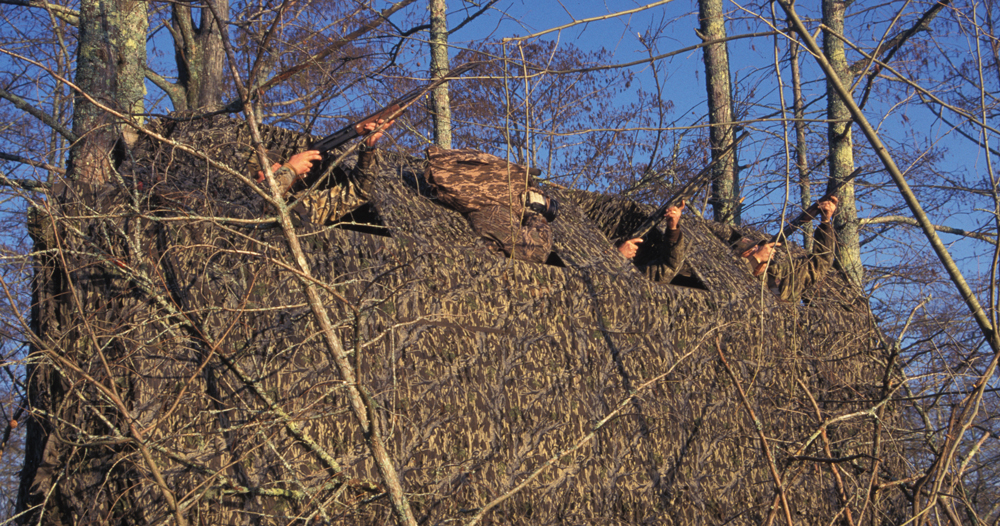5 Steps to Taking a Better Shot When Duck Hunting
12/18/2018 9:19:22 AM
From MDWFP

STEP ONE
Know the range of the bird. Step off the distance from the blind to objects on your shooting perimeter. If the water is too deep to walk, then use a rangefinder. Make yardage for your longest shot, and only track and shoot ducks within these distances (also applies to doves).
STEP TWO
Note how distance seems to decrease the size and diminish the color of the bird. Often, the color of the bird can be determined when it is in range.
STEP THREE
Pay attention to a duck’s size at 20, 30, and 40 yards. The majority of all birds taken are within a 40-yard range. Learning how a duck appears at these three distances will help you successfully harvest game more efficiently and minimize the wounding of birds out of range.
STEP FOUR
A useful ranging technique is to think in terms of bird length, not feet. Practice this a little each day by painting several yardsticks, cut them from 3 inches to 1-2 feet, and then place them in front of you at different spots, between 20-40 yards. This practice will challenge you to read sizes at various ranges.
STEP FIVE
It is important to know the size of the duck at arm’s length so you can estimate its distance by how much it shrinks at greater range. A laser rangefinder can be useful in giving you immediate feedback on how accurately you estimated the distance.
John Satterwhite is the former Shooting/Hunt-ing Educational Coordinator for MDWFP. Satterwhite, who died in August 2014, was the captain of the 1976 U.S. Olympic Shooting Team and a four-time International Shotgun Champion (1968, 1974, 1975, and 1976).









